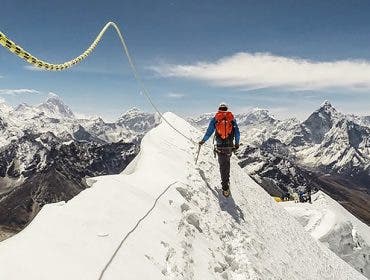
Bryan Peterson
Bryan has been a successful commercial photographer for over 35 years whose clients include American Express, Kodak, UPS, Phillips and Citibank. In addition he has received awards from the Communication Arts Photography Annual seven times, Print Magazine four times and has also won the prestigious New York Art Directors Gold Award. He has also been a contributing editor at Popular Photography and Outdoor Photographer magazine and he is also the co-founder of the popular on-line photography school, BPSOP.com.
Within the photographic community he is best known as the photographer/writer of nine best-selling books, Understanding Exposure, Learning to See Creatively, Beyond Portraiture, Understanding Digital, Understanding Close-up Photography, Understanding Shutter Speed, Bryan F Peterson’s Understanding Photography Field Guide, Bryan F Peterson’s Field Guide to Understanding Composition, Exposure Solutions and Understanding Electronic Flash.
In this episode, Bryan demonstrates the effect of using an FLW filter for sunset photos and explains why this is the must-have filter in his camera bag.
Related Products from Adorama:
- Hoya 72mm FLW Fluorescent Multi Coated Glass Filter
- Hoya FLW Fluorescent Multi Coated Glass Filters
- Nikon 24-85mm f/2.8-4 IF AF-D Nikkor Lens
- Nikon D5200






